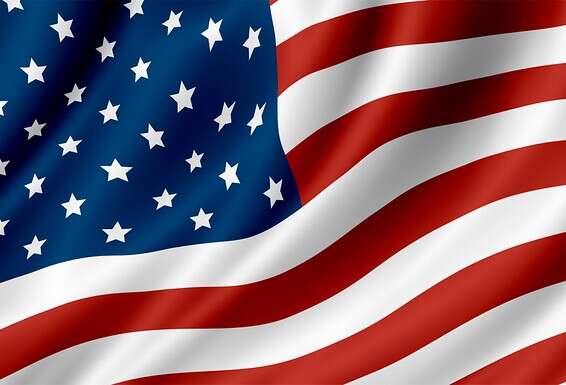Iran is approaching a weapon that only a few countries hold • Who has atomic bombs and how many, who have voluntarily given up the nuclear option and what do foreign sources say about Israel?
On August 6, 1945 the world changed.
Anola Gay, a B-29 bomber, dropped one bomb over the city of Hiroshima on the Japanese island of Honshu - and a few seconds later, the city became a heap of ruins.
A week later, a similar fate befell the city of Nagasaki.
In a flash of light, the world enters the nuclear age.
But contrary to human nature, perhaps due to the shock of the force of arms and the unprecedented destruction caused to Hiroshima and Nagasaki by the use of nuclear weapons, and perhaps due to the enormous resources that such weapons require from a country - only a few countries now possess nuclear weapons.
After the war, and after a number of other countries: the Soviet Union, Britain, China and France, did develop nuclear weapons and even conducted nuclear tests, the major powers decided not to allow more countries to develop nuclear weapons, and created the NPT (Non-Proliferation Treaty) agreement. Which allows any country that has conducted a nuclear test until 1967 to possess such a weapon, and prohibits other countries from developing their own nuclear weapons.
Today there are two main types of nuclear weapons, an atomic bomb - which is built on the decomposition of a heavy atom (uranium) into a lighter atom (plutonium), and a hydrogen bomb, which is built on the melting of two hydrogen atoms into an oxygen atom.
While an atomic bomb can destroy a city, as the bombs in Hiroshima and Nagasaki did, the hydrogen bomb is considered far more destructive.
Three methods of launching nuclear weapons are by means of attack and bombing aircraft, by submarines and by long-range missiles.
Countries that hold three launch options are considered to be second-hit countries.
Most countries in the world have accepted the limitations of the agreement, with only India, Israel, Pakistan and South Sudan not signing the agreement.
In addition, North Korea withdrew from it after conducting a nuclear test.
But despite restrictions on weapons development, a number of countries have developed nuclear weapons, or tried to develop nuclear weapons, and some have even disbanded their nuclear program.
Today the main appellant over the NPT regime is Iran, whose nuclear project is at the center of the global debate, but there are suspicions that Saudi Arabia and Egypt are also considering developing such a weapon if Iran launches a nuclear bomb in the Middle East.
U.S:
Between 5,800 and 6,185 warheads.
1,750 in operational deployment, holds nuclear weapons approved by the NTP Convention
Triple launch capability (air, sea and surface-to-surface missiles)
Holds nuclear weapons in Turkey, Germany, Belgium, the Netherlands and Italy
Russia (and USSR):
Between 6,372 and 6,490 warheads.
1572 In operational deployment, holds nuclear weapons approved by the NTP Convention
Triple launch capability (air, sea and surface-to-surface missiles)
UK:
Between 200 and 215 warheads.
120 in operational deployment, holds nuclear weapons approved by the NTP Convention
Marine launch capability
France:
290 warheads, 280 in operational deployment, hold nuclear weapons approved by the NTP Convention
Marine and air launch capability
China:
Among about 300 warheads, it is not known how many in operational deployment, hold nuclear weapons with the approval of the NTP Convention
Triple launch capability (air, sea and surface-to-surface missiles)
India:
150 warheads, not known how many in operational deployment, did not sign the NPT
Triple launch capability (air, sea and surface-to-surface missiles)
Pakistan:
16 warheads, not signed NPT
Ability to launch air and surface-to-surface missiles
Israel*:
Between 100 and 200 warheads did not sign the NPT
Ability to launch marine and surface-to-surface missiles
* (According to foreign sources)
North Korea:
Between 30 and 40 warheads, the NPT coach retired
Ability to launch marine and surface-to-surface missiles
South Africa:
Holding six warheads, dismantled nuclear weapons after the fall of apartheid
Libya:
Announced a nuclear disarmament in 2003
Iraq:
Began construction of a nuclear reactor, which was bombed by Israel in 1981
Syria:
Began construction of a nuclear reactor, which was bombed by Israel in 2007
Iran:
Denies having a military plan, but documents stolen from the Mossad's archive indicate otherwise

